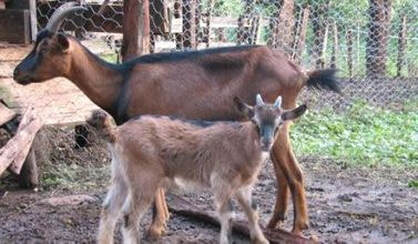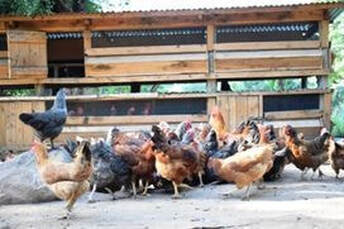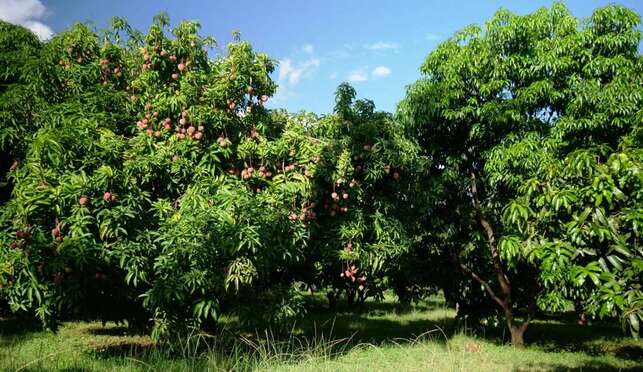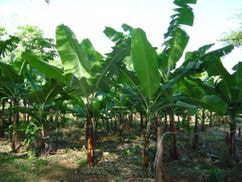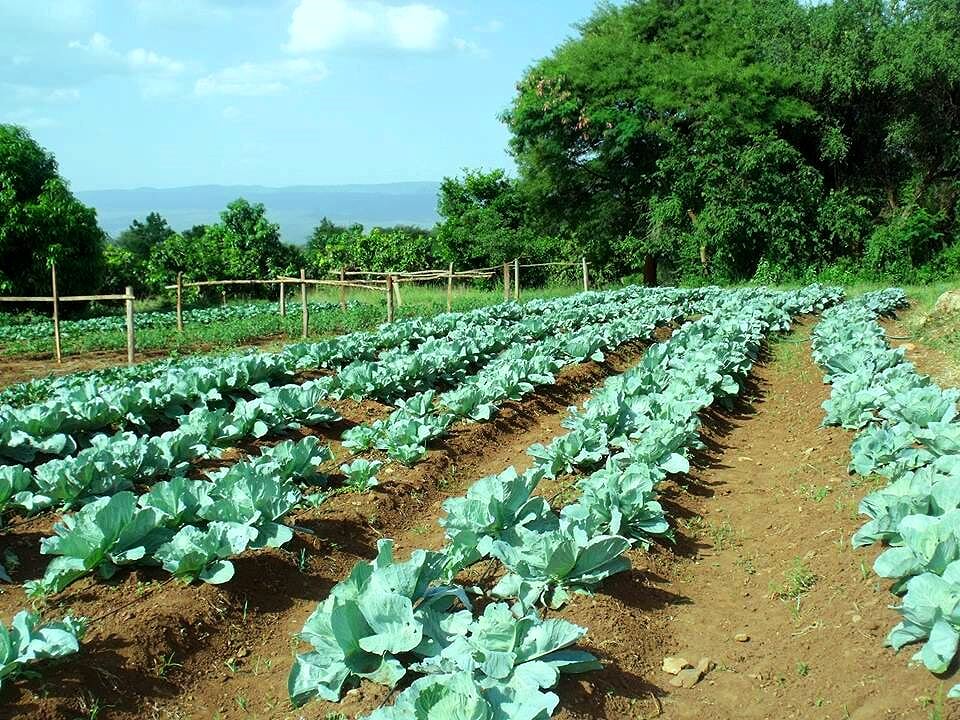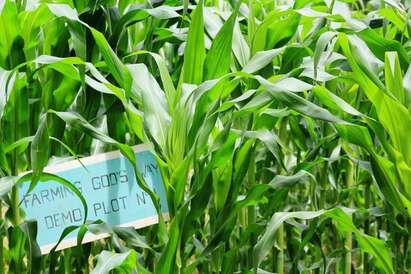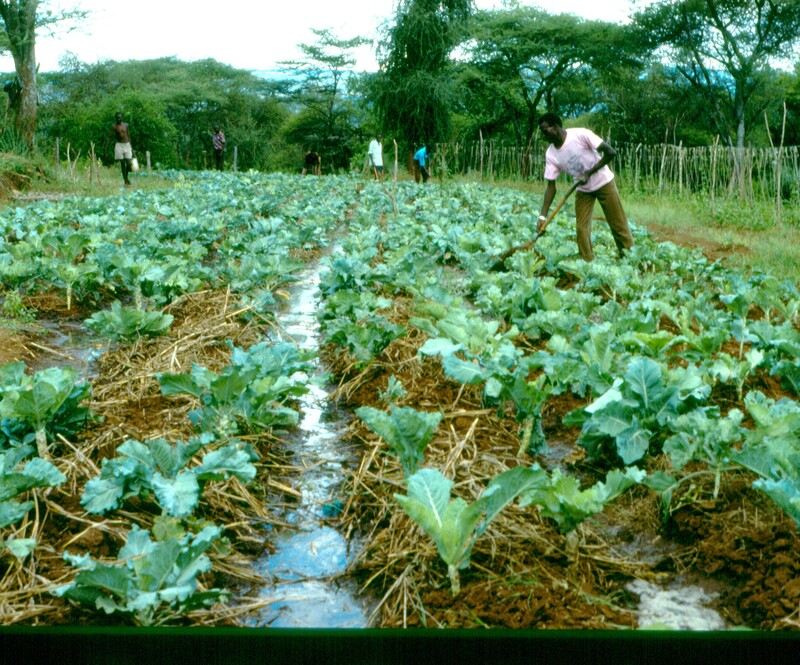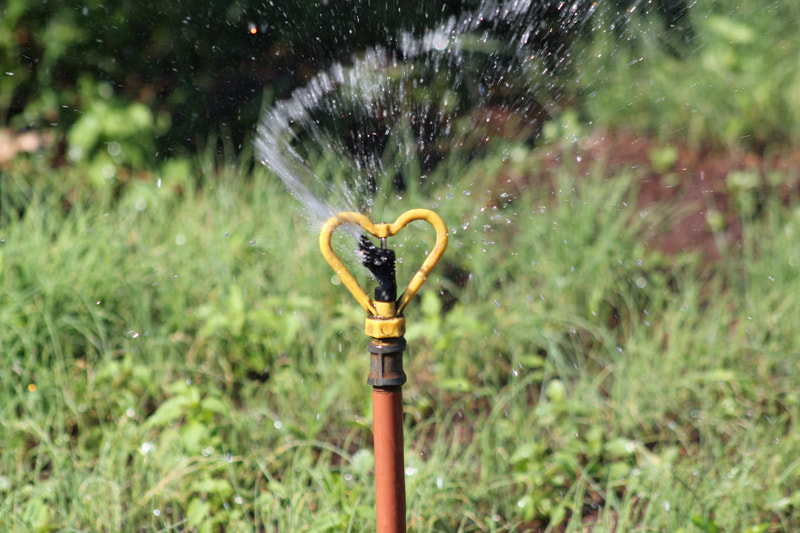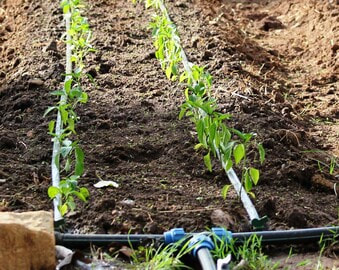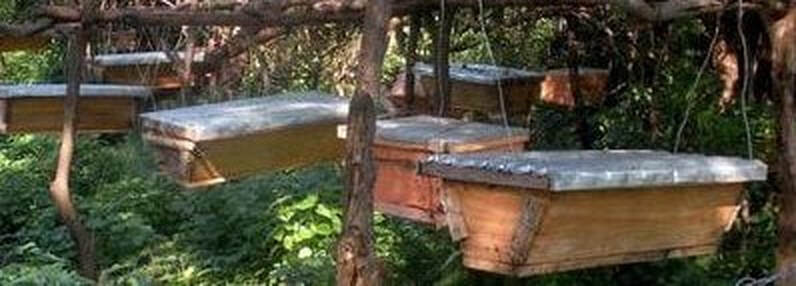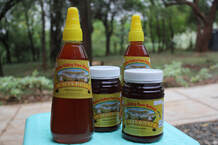Cheptebo Centre Demonstration and Training Farm
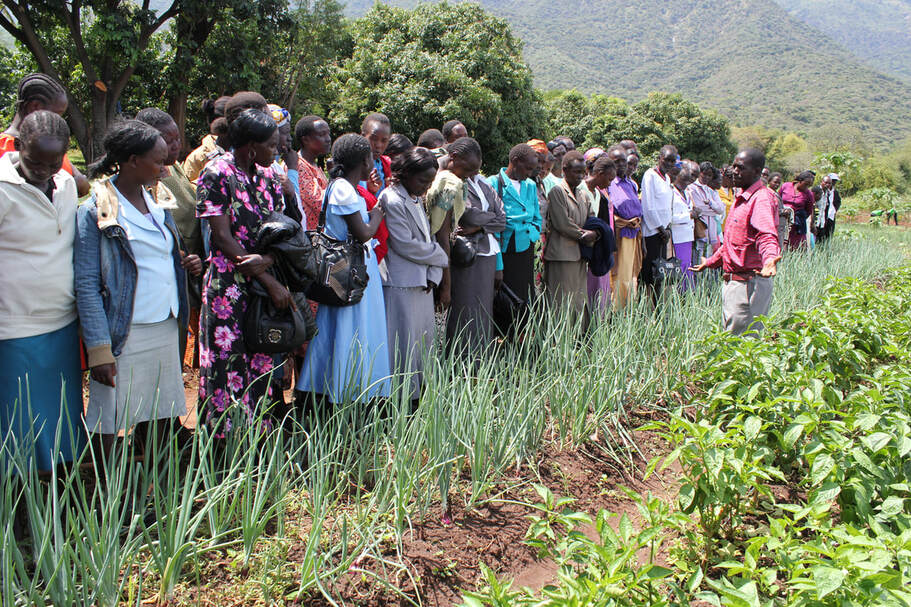
The Cheptebo Centre Farm was established in the late 1980s as part of the development of the 20 hectare Cheptebo Centre site. The farm has a number of functions. Firstly to introduce a variety of crops, breeds of livestock and production techniques which are new to the semi arid Kerio Valley area and to assess their suitability for these conditions. Secondly, to provide a facility to demonstrate farming systems and for training local farmers. Thirdy, to function as a commercial production unit which would provide farm produce and contribute financially to the work of the Cheptebo Centre.
Over the past 30 years the farm has developed particular expertise in small scale farming for the semi arid areas. This is now the particular focus of the demonstration and training activities. The main sectors of activity are as follows.
For a price list of Farm Products for sale please click here
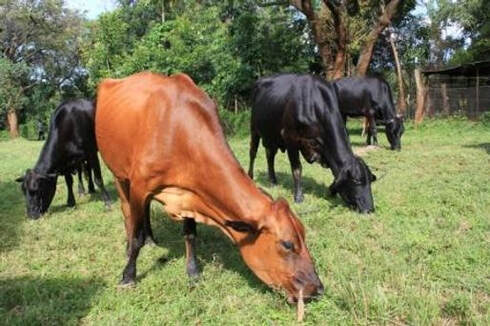
Local unimproved dairy cows in the semi arid Kerio Valley yield about 1 litre of milk per day. The Cheptebo Centre has worked to upgrade the level of milk production by introducing pure bred dairy breeds and has also undertaken a programme of cross breeding to improve the productivity of local animals. The first improved animals introduced in 1988 were purebred Jersey cows. These proved to be very heat tolerant and adapted well to climatic conditions in the Kerio Valley. Milk yield was around 10 litres per day and the milk highly valued for its high butterfat content. Jersey animals from the centre and local animals crossed with Jerseys are now used by local farmers.
Ayrshire breeds were introduced next but these animals did not adapt well to the hot, dry conditions at Cheptebo. Milk yields failed to reach their potential for this breed and did not exceed about 12 litres per day.
Sahiwal cattle are dual purpose animals which are highly tolerant of hot conditions. A Sahiwal bull was purchased initially to cross with local dairy cattle. The resulting offspring are larger that the local animals and produce substantially more milk. The level of management required for their upkeep is not as great as for Jersey or Ayrshire breeds.
Currently the centre has pure bred Jersey, Sahiwal cross Ayrshire and Sahiwal cross Friesian dairy animals. Milk yields vary between 10 litres/day (Jersey) and about 16 litres/day (Sahiwal X Friesian).
Upgrading Programme. The centre no longer maintains breeding bulls. Artificial insemination services are used for the upgrading programme both at the centre and in the local community.
Availability of Dairy Animals Surplus dairy animals are normally available for sale . Contact the Farm Manager for further information.
Ayrshire breeds were introduced next but these animals did not adapt well to the hot, dry conditions at Cheptebo. Milk yields failed to reach their potential for this breed and did not exceed about 12 litres per day.
Sahiwal cattle are dual purpose animals which are highly tolerant of hot conditions. A Sahiwal bull was purchased initially to cross with local dairy cattle. The resulting offspring are larger that the local animals and produce substantially more milk. The level of management required for their upkeep is not as great as for Jersey or Ayrshire breeds.
Currently the centre has pure bred Jersey, Sahiwal cross Ayrshire and Sahiwal cross Friesian dairy animals. Milk yields vary between 10 litres/day (Jersey) and about 16 litres/day (Sahiwal X Friesian).
Upgrading Programme. The centre no longer maintains breeding bulls. Artificial insemination services are used for the upgrading programme both at the centre and in the local community.
Availability of Dairy Animals Surplus dairy animals are normally available for sale . Contact the Farm Manager for further information.

